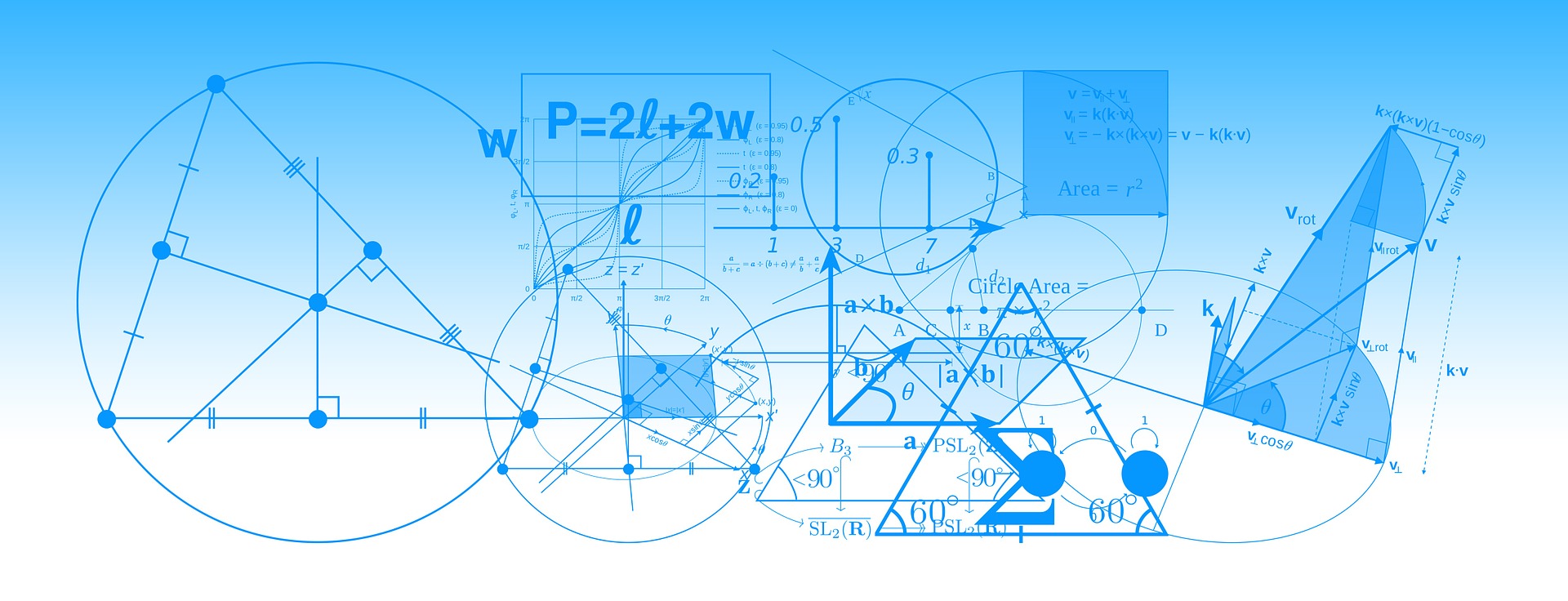Have you always thought of yourself as having a bad memory? That’s not necessarily so. It may just be that you haven’t yet learned how to remember things effectively. Here are some of the memory tricks that memory experts use. You can become a master at memorizing anything with these strategies.
Pay Attention
Have you ever had someone say something to you and you don’t know what they said? You may have asked them to repeat it, saying “I’m sorry. I wasn’t really paying attention.” That’s actually a very accurate reason why you don’t remember some of the things you should. Our society has so many demands on our attention that we often try to do two things at once. Two examples of this are, reading while talking on the phone, or talking to passengers while you’re driving the car. But if you tie up one or more senses with another task when you are trying to memorize a thing, it’s unlikely you’ll succeed in recalling that thing when you need to.
One key to memorizing anything is to pay attention. Devote all your senses to that one thing as you’re trying to memorize it. When all your senses are involved in creating a memory, there are more pathways tied to the memory. The more senses you can connect with the thing you’re trying to memorize, the easier you’ll be able to remember it.
Use Mnemonics
Mnemonics is a memory association strategy that some memory experts use. It can be helpful for some people, but not everyone. You probably already know some mnemonics from grade school. The rhyme, “Columbus sailed the ocean blue in fourteen hundred and ninety two” is a one that is familiar to almost everyone. Sometimes mnemonics fall short, however. You can easily replace “fourteen hundred and ninety two” with “sixteen hundred and ninety two.” Another way to use mnemonics is to make sentences out of the first letters of words. Say you need to remember to pick up some items at the store. You have to buy milk, eggs, peanut butter, and cat food. You could create a sentence like; Ernest makes crepe paper. Every first letter stands for an item on your list.
Visualize
The visualization technique for memory works by creating a visual movie in your imagination to spark your memory. You can use visualization if you have to keep track of a bunch of errands you have to run in an afternoon, for example. Let’s say you have to drop off hubby at work, stop by the drugstore to pick up a prescription, leave the kids at school, go to the post office, shop for groceries, put the slow cooker on, then pick up hubby and the kids and bring them home. The night before, close your eyes and visualize yourself running all those errands. Use your imagination to fill in as many details as possible. Run this “video” three times in your head. The next day, your brain will automatically prompt you to do the next errand.
Chunk the Material
Chunking is a term that’s used to describe a memory technique. To chunk material, you combine separate bits of information into groups. This makes for a smaller amount of things to memorize, and helps your brain remember them. You’ve seen chunking in action already. Your credit card number is an example of chunking. Your number is actually 16 digits long, but they break it into four chunks because that’s easier for people to read and to remember. The same goes for your phone number. To put chunking in action, consider a shopping list. Here’s the list:
- Chicken thighs
- Basil
- Milk
- Bleu cheese
- Potatoes
- Butter
- Asparagus
You can chunk this list is several different ways. You can chunk it by color:
- Green = asparagus and basil
- White = milk and bleu cheese
- Yellow = chicken thighs and butter
- Brown = potatoes
Or, you can chunk it by type:
- Plants = potatoes, asparagus, basil
- Dairy = milk, bleu cheese, butter
- Animal = chicken
Set up a Memory Trigger
Do you remember the old trick of tying a string around your finger to remember something? That’s a memory trigger, and you can implement this trick in a couple different ways. The string around the finger can work as long as you focus on the thing when you’re putting it on your finger. Or, you can try this: Let’s say that tomorrow you have to remember to make your credit card payment. Before you go to bed, put something askew. It can be anything, but it has to a) be something completely out of place, and b) be someplace where you’ll run into it tomorrow. An example would be to put one of your high heels on your bathroom sink counter. When you see this weird thing out of place in the morning, it will trigger your memory to make that credit card payment.
You can become a master at memorizing anything when you use the right memory tricks. Which of these strategies works best for you? Let us know in the comments below.



